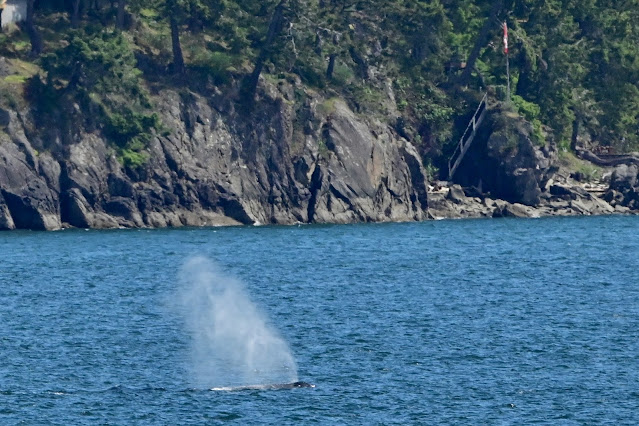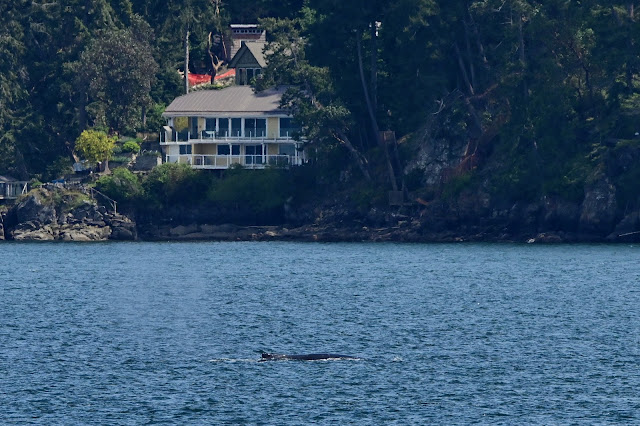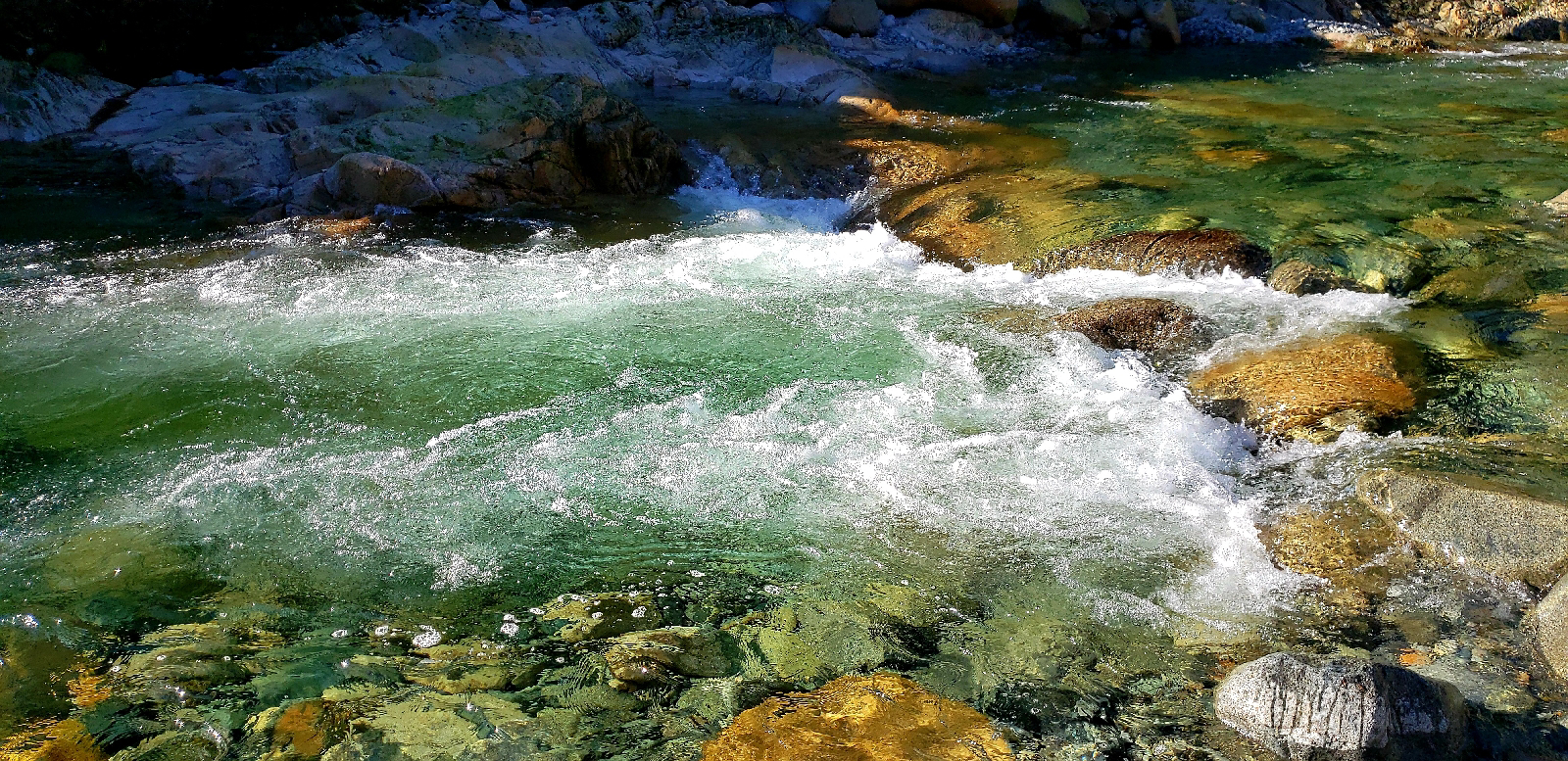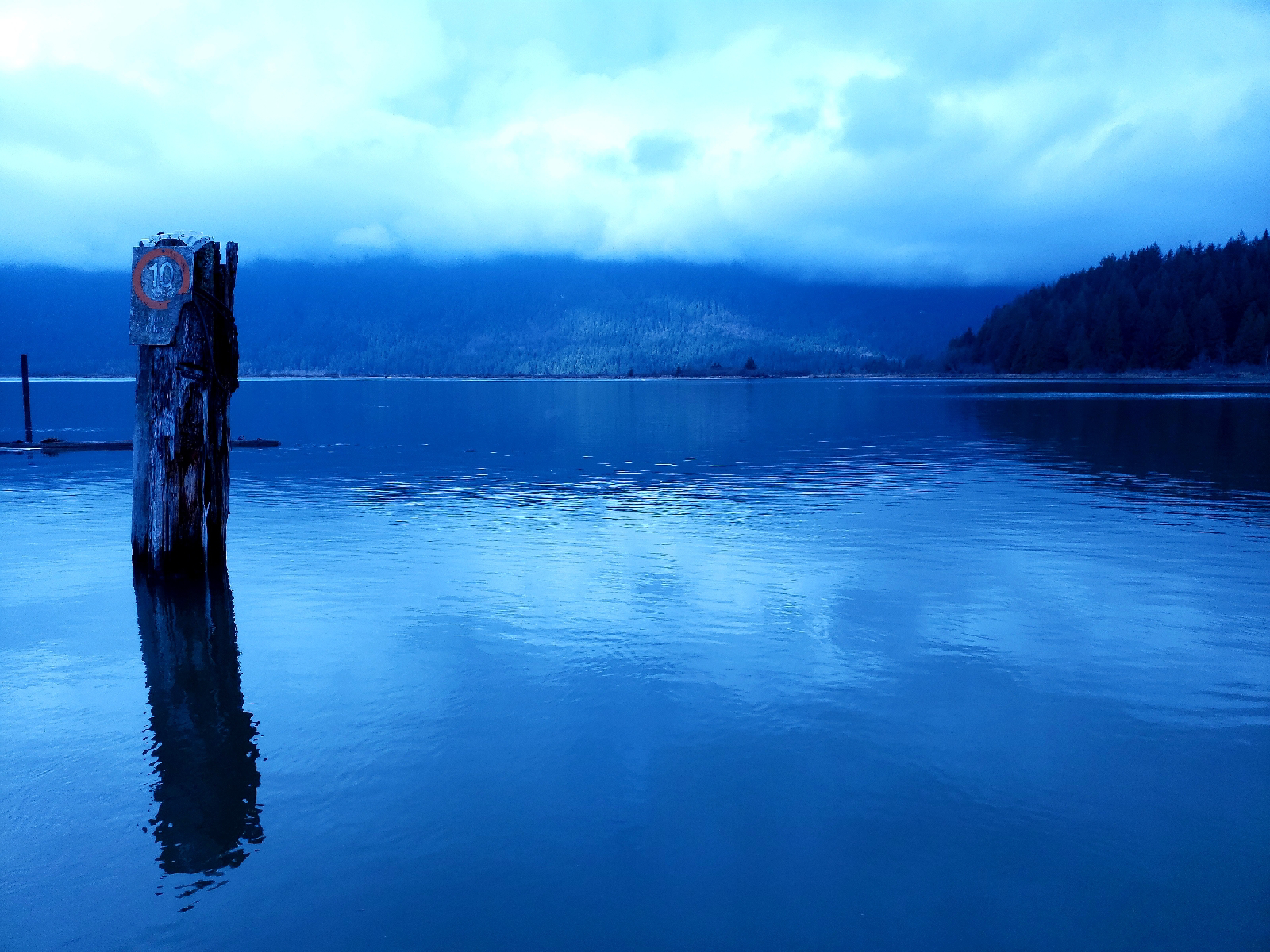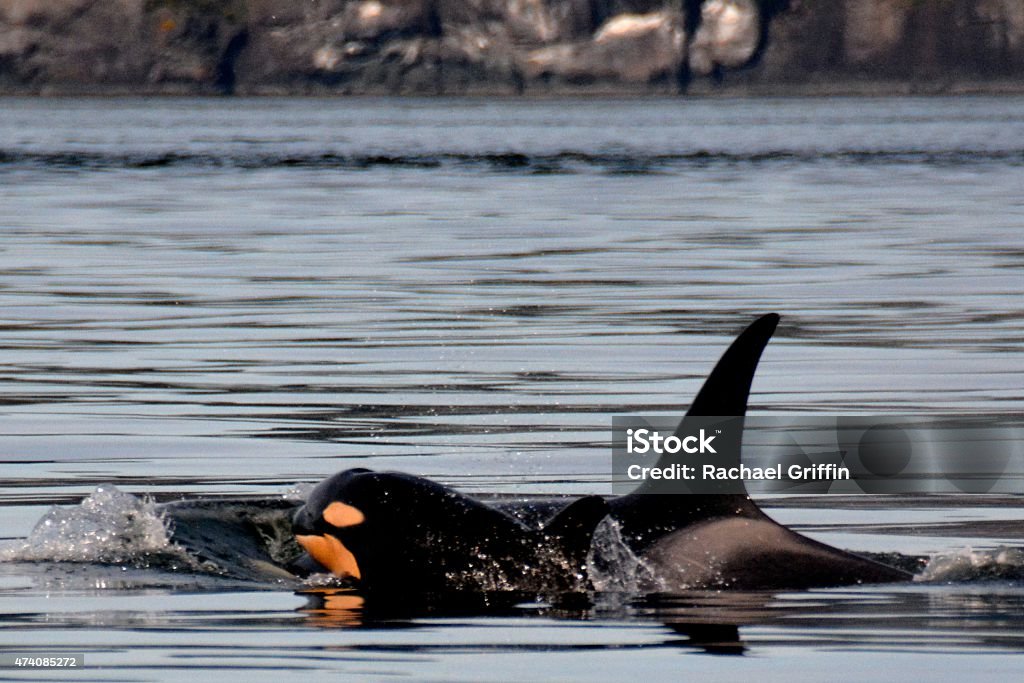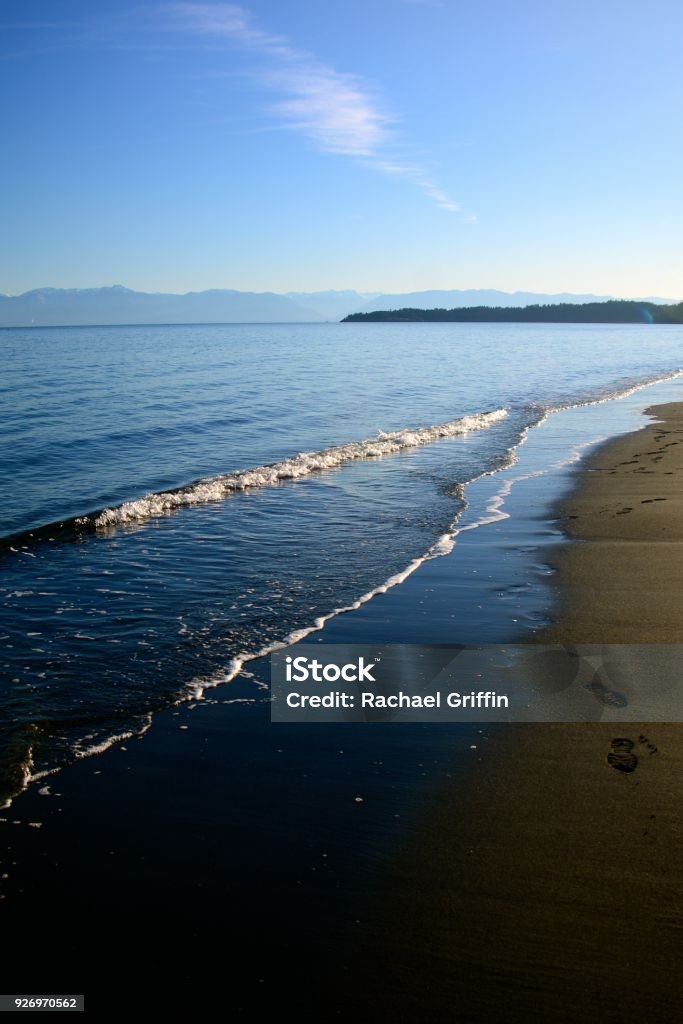Alki's story is one marked by resilience and tragedy. She has endured several miscarriages over the years and gave birth to a calf named Sonic (J52) in 2015. Tragically, Sonic died at just two years old in 2017.
This recent event adds another layer of grief. The southern resident killer whale population is critically endangered, with only 73 individuals remaining. These whales face increasing threats from lack of prey (primarily Chinook salmon), water pollution, and the stress of vessel noise, all of which may contribute to pregnancy complications and calf mortality.
The act of a mother orca carrying or pushing a deceased calf is not uncommon — it’s a poignant display of mourning and connection, and a reminder of the emotional depth and intelligence these whales possess.
Each loss is not only emotionally devastating but biologically significant for a population struggling for survival. Alki’s continued losses reflect the urgent need for stronger conservation efforts to protect critical habitat, restore salmon populations, and mitigate human impacts in Pacific Northwest waters.
The Center for Whale Research continues to monitor the southern residents closely, documenting these events as part of a broader mission to ensure their survival. Alki’s story underscores just how high the stakes are — and how important it is that we act now.
Photo J36 and J52 (2015)







